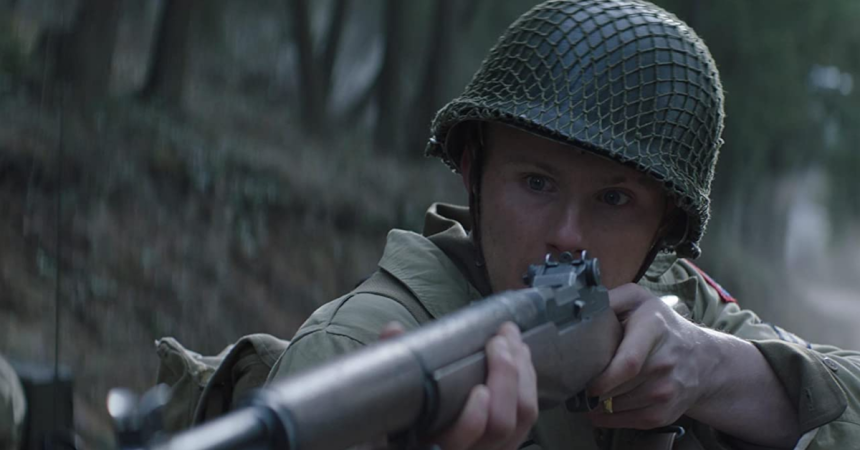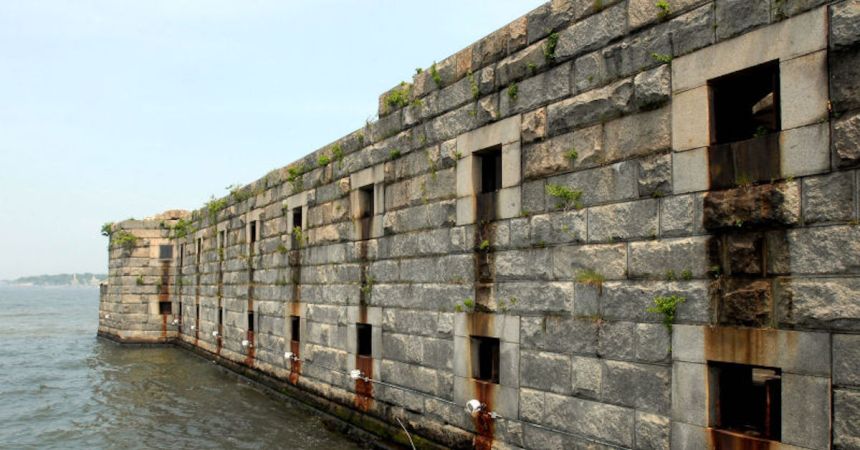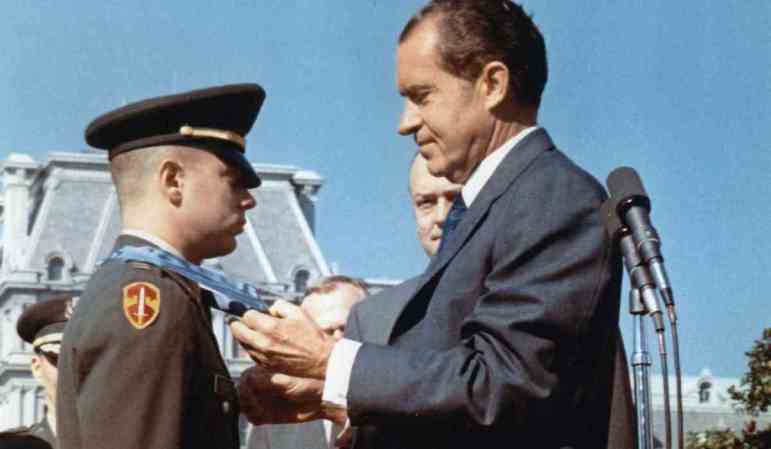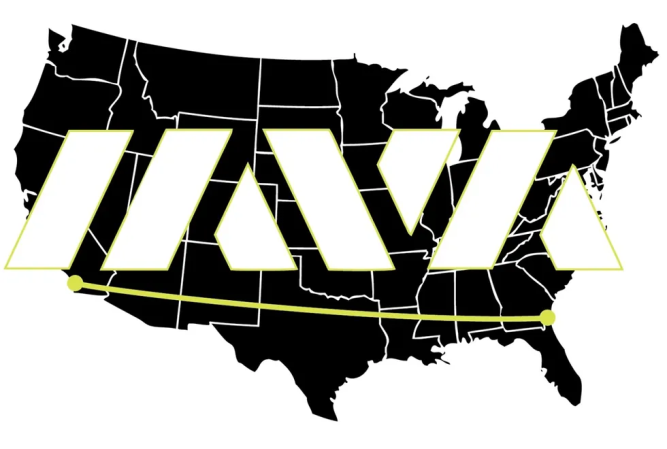Throughout World War II, the Nazi occupiers of France housed Jews and captured Resistance fighters in the supposedly escape-proof Fort Montluc prison, a nineteenth century fortress in Lyon.
But there was one escape.
Only one.
Leading that escape was Andre Devigny, a former French army lieutenant whose escape made him a legend in the Resistance.

André Devigny, a real-world Houdini.
Devigny was one of the leaders of the Réseau Gilbert, an intelligence network that helped refugees escape occupied France, gathered intelligence for the Allies, and sabotaged German installations and material as the opportunity arose. He was betrayed by a German infiltrator and arrested Apr. 17, 1943, taken to Lyons, and turned over to Klaus Barbie, chief of the Gestapo there.
Known as the Butcher of Lyons, Barbie is believed to have personally tortured men, women, and children. Some estimates hold him directly responsible for the deaths of up to 14,000 people.

Devigny was tortured for two weeks, including use of the baignoire, a World War II form of waterboarding, before being imprisoned in handcuffs in the 10-square-foot cell 107 at Fort Montluc. He was allowed into the courtyard for exercise one hour a day. On Aug. 20, he was again brought before Barbie, who told him he would be executed on Aug. 28.

By this time, Devigny had learned to remove his handcuffs with a safety pin. He had also been able to remove three wooden slats at the bottom of his cell door using a soup spoon he ground down to a point on the cell’s concrete floor. He got to the point where he could remove or replace the three slats in less than two minutes.
When his death sentence was announced, he knew the time to act had come.
Related: Two POWs made a daring escape from prison just to relieve the boredom
Returning to his cell from meeting with Barbie, however, Devigny discovered he had been given a roommate. Perhaps he was a spy sent to watch him or perhaps he was what he said he was, an 18-year-old deserter from the Vichy-created French militia. In either case, he would have to be included in the escape.
On Aug. 24, a moonless night, the two men removed the cell’s wood slats, slipped out of the cell, and climbed up a heavy, metal rod that operated a roof transom, exiting on to the prison’s flat roof. Devigny threw a parcel containing a second grappling hook and rope over the parapet, hooked a grappling hook he was carrying — all items he had been able to make in cell 107 — and climbed down the rope to a courtyard. The 18-year-old followed.

Once in the courtyard, the two men could hear a sentry approaching and stepped back into the shadows. As the sentry passed, Devigny grabbed the man around the throat from behind forcing the German to the ground where he used the sentry’s own bayonet to kill him. Devigny and the 18-year-old then crossed to the prison’s inner wall and, using the second grappling hook and rope, climbed up and over the wall on to a covered gallery atop the prison infirmary. From there, they scaled the building’s sloping roof and were able to see the outside wall and the brightly-lit fifteen-foot roadway between the walls.
The roadway was being patrolled by a sentry on a bicycle. At 3 a.m., after timing the guard’s rounds several times, Devigny tied an end of his rope to the infirmary chimney, threw the grappling hook out and over the outside wall, and launched himself hand over hand with the 18-year-old following.
The two men made it, jumped down from the outside wall, and were free.

Devigny and his former cellmate then separated, and Devigny eluded German search parties and dogs by spending five hours hiding in the Rhone River and along its muddy banks. He was finally able to work himself to the home of a doctor friend in the city where he was given clothes and papers and guided to Switzerland.
Devigny returned to the war and was eventually awarded the Cross of the Liberation by then-French President Charles de Gaulle.
The Resistance liberated Fort Montluc in August 1944, almost exactly one year after Devigny’s escape.


























